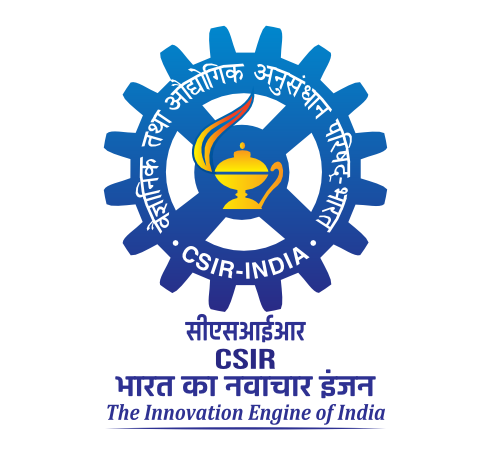Characterization and genome analysis of a novel lytic phage vB_ntSalS‑cftriSP11 infecting Salmonella typhimurium
Nalina, Murthy and Bhawana, Bisht and Priya, Bhardwaj and Poornima, Priyadarshini (2025) Characterization and genome analysis of a novel lytic phage vB_ntSalS‑cftriSP11 infecting Salmonella typhimurium. Journal of Molecular Biology Reports, 52 (812). pp. 1-13.
|
PDF
s11033-025-10927-z.pdf - Published Version Restricted to Registered users only Download (1MB) | Request a copy |
Abstract
Background In response to rising antibiotic resistance, bacteriophage application is gaining renewed attention, marking a paradigm shift in managing bacterial infections, especially foodborne pathogens. Non-typhoidal salmonellosis remains a major global health burden. In this context, a novel lytic bacteriophage targeting Salmonella typhimurium was isolated and characterized. Methods and results A novel phage, vB_ntSalS-cftriSP11, targeting S. typhimurium, was isolated using spot and double agar overlay methods. One-step growth analysis showed a burst size of 146 ± 10 particles with a 20 min latency period. The phage exhibited a broad host range and stability across a wide pH and temperature range. Morphological and genomic analyses identified it as a member of Casjensviridae, with a 56,837 bp genome encoding 103 of 105 predicted ORFs linked to biological processes, cellular components, and molecular functions. Notably, no toxin genes, virulence factors, or antimi- crobial resistance genes were detected in the genome. BLAST and phylogenetic analyses revealed high sequence similarity (97–98%) with known Salmonella phages 35, 37 and PK4. Functionally, the phage demonstrated strong anti-Salmonella activity, reducing biofilm biomass by 1.86-fold and 2.11-fold in 48- and 72-h-old biofilms, respectively, after 24 h of treat- ment. It also significantly decreased Salmonella counts on chicken breast samples at RT and 4 ℃ at MOI 1 compared to the culture control. Conclusions The Phage vB_ntSalS-cftriSP11 was identified as a stable, lytic bacteriophage with a broad host range and strong antibiofilm activity against S typhimurium. Its genetic safety profile and efficacy highlight its potential as a promising biocontrol agent against antibiotic-resistant Salmonella infections.
| Item Type: | Article |
|---|---|
| Uncontrolled Keywords: | Bacteriophages ·Salmonella typhimurium · Foodborne pathogen · Non-typhoidal salmonellosis · Anti-biofilm activity · Biocontrol |
| Subjects: | 600 Technology > 01 Medical sciences > 07 Food borne disease |
| Divisions: | Food Microbiology Molecular Nutrition |
| Depositing User: | Somashekar K S |
| Date Deposited: | 07 Oct 2025 06:11 |
| Last Modified: | 07 Oct 2025 06:11 |
| URI: | http://ir.cftri.res.in/id/eprint/19888 |
Actions (login required)
 |
View Item |

